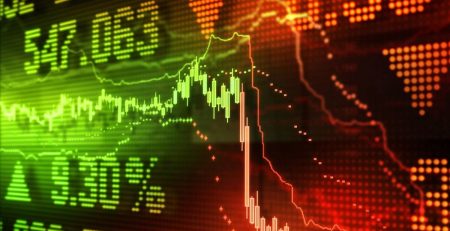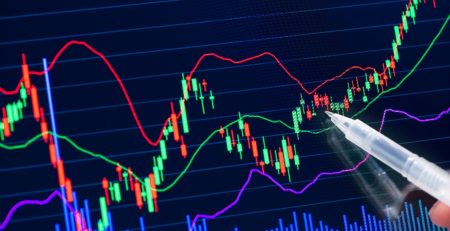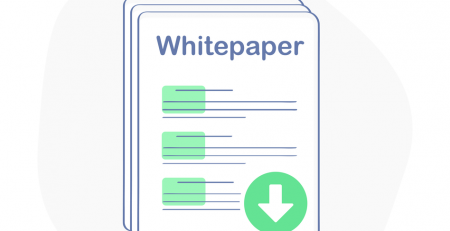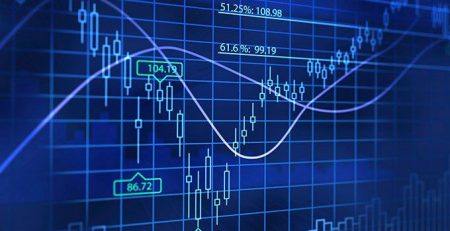Technical analysis training; Types of charts – Part Two
Technical analysis training Types of Charts; Types of Charts – Part Two , In general, there are three types of charts that can be used in technical analysis according to the trader’s purpose: line charts, bar charts, and candlestick charts. Before addressing any of these, let’s look at the OHLC diagrams.
OHLC diagram
The ability of OHLC charts for the trader is to show us the price fluctuation in the form of a bar or a candle in a certain period; Something that cannot be seen in line charts. The word OHLC is derived from putting the first name of the following words: Open or High starting price Low or Low trading price Close.
Frame time (period)
Before entering into the discussion of the types of charts, you should be familiar with the concept of timeframe or time interval. Timeframe means a period of time that has a certain length of time and starts and ends at a certain time. Each timeframe can show a dot, a candle or a bar, depending on the type of chart.
Types of Charts
Each timeframe is the smallest part of the chart that provides information to the trader such as the opening price of the trade, the closing price and the highest and lowest price; Of course, the information obtained from each timeframe also depends on the type of chart. With these explanations, we go to the types of diagrams.
Line Chart
Line charts are the simplest charts in technical analysis and record only the closing price of trades in each timeframe. For example, line charts in one-day timeframes show only one point per day on the chart, and this point is the last price traded on that day. By connecting the points obtained from each day, a line chart will be obtained in one-day timeframe.

The disadvantage of this chart is that it only records the final price; This means that all trades made in one day have no value and only the last price of that day in the line chart is valuable. Most traders use the closing price to confirm support and resistance breaks, which is why this price is more important.
Technical analysis training
Although other prices can be used, such as the starting price or the average price of the highest and lowest prices, it is recommended that if you want to use a bar chart for analysis, set it to the default closing price.
Bar Chart
The bar charts of each timeframe show a bar with the highest and lowest prices, the starting and closing prices on each bar. That is, the bar chart of each bar (Bar) can show price changes in the interval of one hour (one hour timeframe), one day (one day timeframe) or one week (weekly timeframe). Which timeframe we use depends on ourselves and our trading strategy.

Each bar consists of vertical lines in which the starting and closing prices are indicated by horizontal dashed lines, and the two ends of the bar show the highest and lowest prices. The start price is displayed with a horizontal dash on the left and the closed price with a horizontal dash on the right side of the bar. A bar in which the left horizontal line is higher than the right horizontal line, or in other words the starting price is higher than the closed price, is a descending bar. Conversely, if the left dash is lower than the right dash, then the bar will be up.
Technical analysis training

Candlestick Chart
The bar chart, like the bar chart, has the characteristics of OHLC charts, and the only difference is with the bar chart in how each time frame is displayed. Traders in the digital currency market often use bar charts instead of bar charts for ease of work and easier interpretation.

These diagrams show a candle at each time frame. Like bar charts, each timeframe can represent a minute, an hour, a day, or a month. Candles can also be seen to be descending or ascending by their color. In bullish candlesticks the starting price is lower than the closed price and the candlestick is displayed in green or colorless. In bearish candlesticks the closing price is lower than the initial price and the color of these candlesticks is often red or black. Each candlestick in candle charts consists of two parts: 1- Body of candlestick (Body) and 2- Shadow which is also called wick or rod.

Third part of technical analysis training; Scale chart and trading volume
Technical analysis training














Leave a Reply